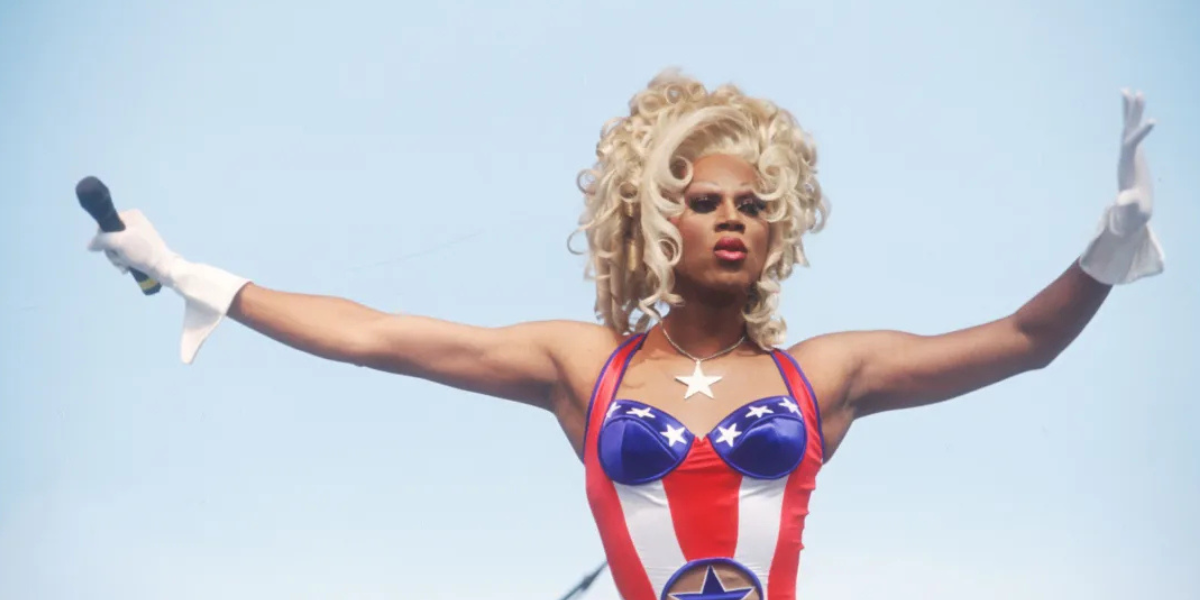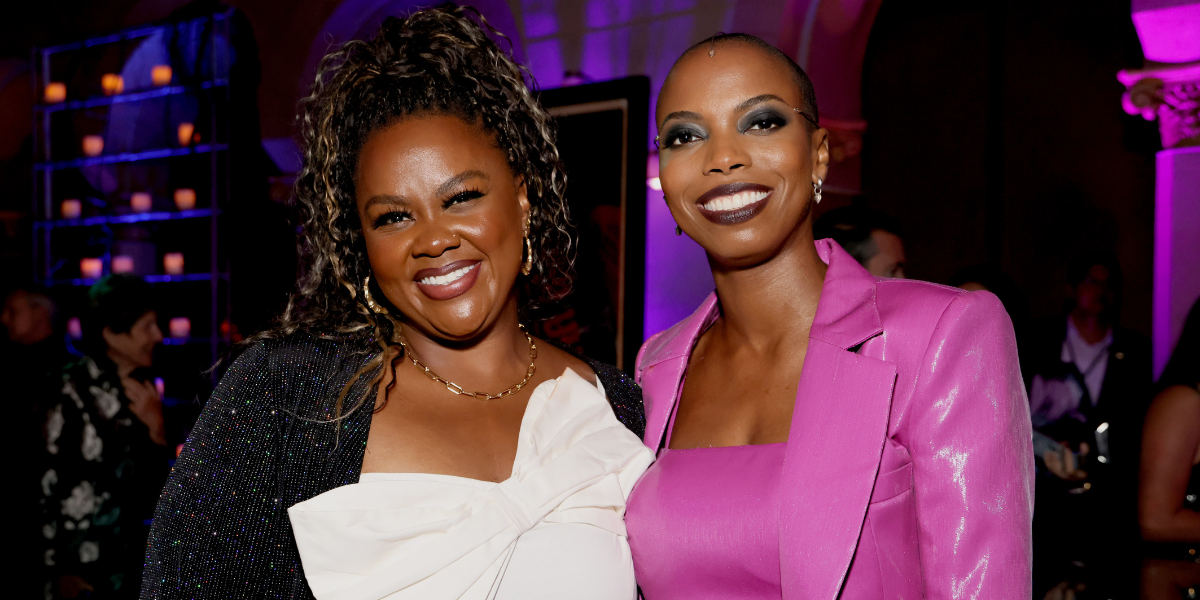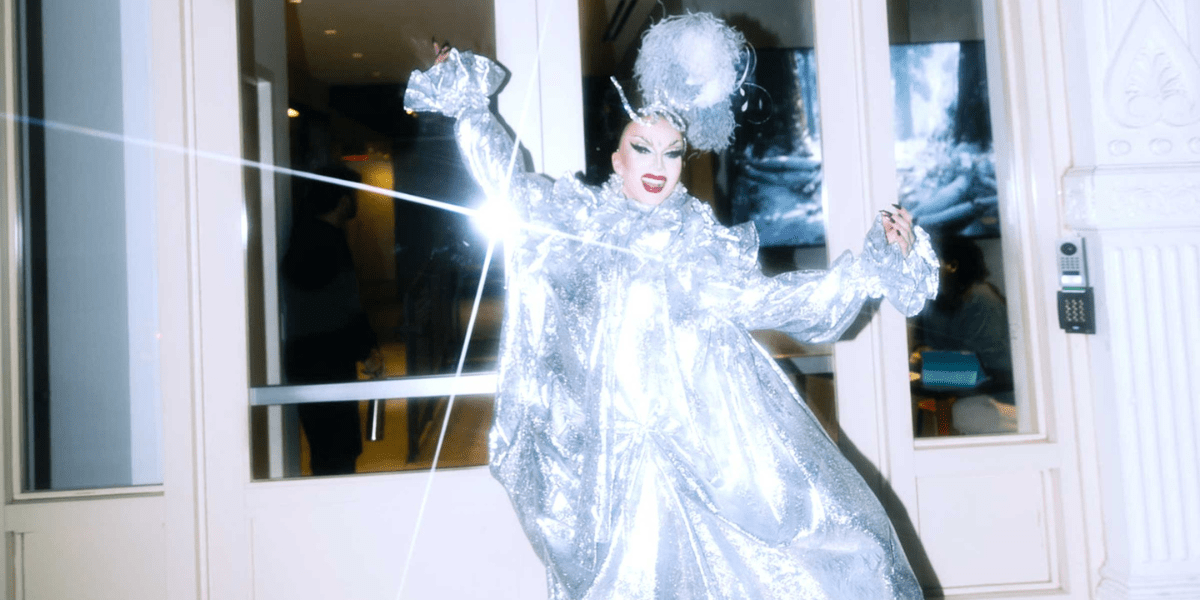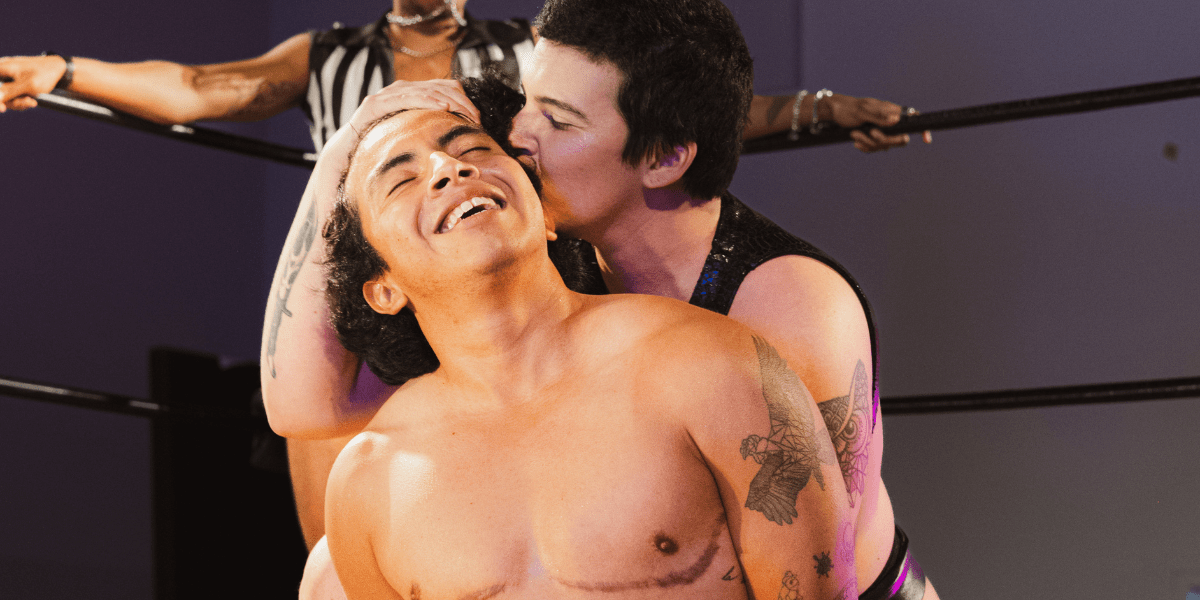Every couple of months the same conversation erupts among the queer section of social media about bisexuals. Sometimes it’s in-fighting and disagreement about whether or not bisexuals have a right to claim butch and femme as identities; other times, it becomes apparent that certain sections of the queer community haven’t yet tired of chewing on the same boring root about gold star lesbians this; unfaithful, greedy bisexuals that. Throughout my twenties, and now into my thirties – for a whole damn decade – the Internet has reminded me with stunning regularity that bisexual women are just fake gays waiting to break lesbians’ hearts, while bisexual men are in denial about how gay they actually are. And all bisexuals are transphobic, somehow, even the trans and non-binary ones.
These are all examples of stigma, and they’re particularly painful examples of stigma, since in these cases, they’re sometimes coming from within the queer community itself. This September, as we celebrate bisexuality, it’s important to also educate ourselves about how stigma hurts bisexual people, and learn the steps we can take as a community toward healing and solidarity.
Types of stigma
In my research on stigma and mental health as a social work graduate student, I focused on three main examples of stigma: Institutional stigma, cultural stigma, and interpersonal stigma. Institutional stigma is stigma that is enacted on a large scale – in our health care systems and our legal systems, on a grand, sweeping level. Stigma that is written into laws. Stigma that becomes policy. When being gay was a pathologized diagnosis in the DSM (Diagnostic and Statistic Manual of Mental Disorders) as recently as the 1960s and 70s, this was an example of institutional stigma. The dearth of nation-wide comprehensive sex education for adolescents of queer identities, are also examples of institutional stigma that impact bisexual people today.
Cultural stigma, also known as socio-cultural exclusion or cultural exclusion, is another type of stigma that bisexual people face. The lack of understanding and cultural competence about bisexuality in mental and physical health care is an example of this. Consider, for example, the several awkward conversations I’ve had with gynecologists when disclosing to them I’m bisexual: One doctor, before hastily leaving the room, awkwardly blurted, “Well you can still get STDs from women,” but didn’t offer me any specific information for how to create safer sex practices, I suspect because she just didn’t know of them. Another example of cultural stigma might be the phenomenon of bisexual erasure: the assumption by others that a person is straight when they are in a relationship with someone presumably of the “opposite” sex (a problematic and cissexist concept to begin with), and gay if they are in a relationship with someone who is perceived to be of the “same” sex.
We experience interpersonal stigma in our smaller social circles and one-to-one relationships, and these are at times the most painful examples of stigma. They occur with our family members – the parents who tell us bisexuality is “just a phase” we’ll grow out of; the partners who assume that because we’re bi we’ll cheat; the straight friends who are suddenly too nervous to hug platonically now that we’ve come out. Interpersonal stigma objectifies and injures us in our most intimate relationships, forces us to embody caricatured misrepresentations of what it means to be bisexual, rather than allowing us to be seen and loved for the authentic beings that we are.
Mental health outcomes for bisexual people
As you might imagine, it’s not easy facing all these different types of stigma, both from mainstream cisheteropatriarchal culture, and within the community where we hope to be held safely, valued, and loved. Health outcomes for bisexual people reflect these challenges. According to the Human Rights Campaign, there are numerous health disparities among bisexual people, including higher rates of cancer and STIs, as well as poorer mental health outcomes. About a third of bisexual women, and nearly 40 percent of bisexual men, don’t disclose their sexuality to health care providers, as compared with thirteen percent of gay men and ten percent of lesbian women.
In terms of mental health, bisexual people are at higher risk of depression, suicidality, mood and anxiety disorders, and feelings of helplessness and exhaustion. Bisexual people are at increased risk of abuse and sexual violence, as well as substance abuse. These trends are even starker when you consider that bisexual people make up the largest swath of the LGBTQ+ community – nearly 50% of queer folks identify as bisexual – yet are deeply underrepresented when it comes to research. And bisexual people (many of whom are also trans and/or of color) are also “vulnerable to further disparities that occur at the intersections of biphobia, racism and transphobia,” according to HRC, listing several axes of minority stress. Our community is hurting, and it is heartbreaking that part of that pain comes from inside the house.
Unlearning and healing from stigma
This week is about celebrating bisexuality, though, and as such, it is important to emphasize that healing is possible. I wouldn’t be a therapist if didn’t believe, with every fiber of my being, that this is true.
While it can feel like there isn’t much we can do on an individual level about these larger forms of stigma – institutional, cultural, and interpersonal – there is one more type of stigma that is, to some degree, within our power to change, directly. Internalized stigma occurs when we absorb the negative messages about bisexuality and believe them about ourselves. It isn’t easy to overcome this. To a large extent, we still can’t do it alone: we are social creatures, and we depend on developing and maintaining relationships with each other in order to survive.
But it is possible.
For example, every time some biphobic foolishness starts kicking up again online, I also see, with a swiftness, hundreds of community members engaging with the vitriol in so many powerful ways: with righteous rage, with measured, compassionate efforts to educate those who are ignorant, and (my personal favorite) with humor. There are so many phenomenal bisexual sex educators out there, offering their expertise and doing the work to fill the gaps left out of mainstream sex education. In the creation of these narratives and lessons, people find each other: one of my favorite bicons, Gabrielle Noel has, over the past couple of years, curated a space online for bisexual people to feel seen, validated, and loved for who we are. In a recent TikTok, she joked grimly to the tune of Bulletproof, “You think you can hurt me? I came out as bisexual in a Grenadian-American family. Being gay is still illegal in my parents’ country” – an experience that resonated with many.
Therapists can at times be critical of humor as a coping mechanism, but in my opinion, it’s a coping mechanism that requires no small amount of resilience to access. And today, there are more therapists than ever who are dedicated to offering inclusive, affirming mental health care to members of the LGBTQ+ community – including bisexual people.
Stigma, in its various iterations, is heavy. The weight of it increased when your stigmatized identity can’t find solace even within your own community. But it’s important to remember – during Bisexuality Week, and every day – that you are valid in your sexuality. The way you love is real, beautiful, and sacred. No matter how isolated we can sometimes feel, remember: there are so many of us in the queer community, and the fluidity, vibrancy, and dynamic nature of our love will always make us powerful.







